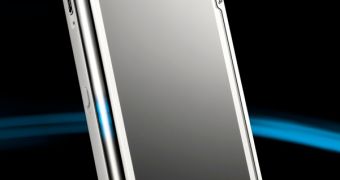The launch of a Symbian^3-based Nokia handset has been delayed, it seems. The Finnish mobile phone maker will bring its first such device to the market only in the second half of the ongoing year, pushing its launch back from the second quarter, recent reports unveiled. Moreover, the company has reportedly lowered the price tags of its smartphones, in an attempt to make them more appealing to users than rival solutions.
The new flavor of the Symbian OS is seen as a crucial improvement for the company's position. “This is pretty significant as Nokia and Symbian have lost a lot of market share in the last few years,” said analyst Neil Mawston from Strategy Analytics, according to Reuters. “Psychologically it is a blow as well as iPhone, Blackberry and Android are surging ahead with software updates. Symbian cannot afford any delays,” he added. The delay is expected to affect Nokia's performance in the second quarter of the year.
The largest price cuts seen by Nokia's handsets are of around 10 percent, Reuters reports. The Espoo, Finland-based company faces increased competition at the high-end of the market from devices from Apple and Research In Motion, and lower prices are expected to help it consolidate its position. However, the phone maker still lacks a device that would prove competitive on this market segment, the news site notes.
It's a common fact that Nokia is operating price cuts a few times a year. This is part of its ongoing business, and the cuts affect a large part of its portfolio, and helped the company post strong sales in the first quarter of the year. However, the average sales price of a Nokia smartphone went down by 17 percent to 155 Euros when compared to the previous quarter, due to increase in sales in the lower end of the market, Reuters notes.
One thing that is certain is that Nokia strongly needs a handset that will help it gain more market share on the high-end segment. The smartphone market is expected to increase significantly during the ongoing year, up 46 percent from 2009, and the launch of such a handset would help the company both increase the ASP for its devices and strengthen its position on the market.

 14 DAY TRIAL //
14 DAY TRIAL //